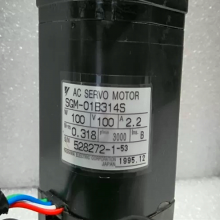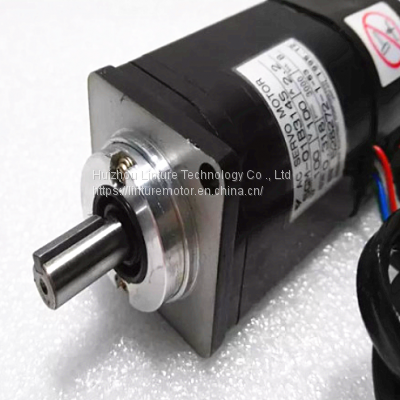| Yasakawa Motor, Driver SG- | Mitsubishi Motor HC-,HA- |
| Westinghouse Modules 1C-,5X- | Emerson VE-,KJ- |
| Honeywell TC-,TK- | GE Modules IC - |
| Fanuc motor A0- | Yokogawa transmitter EJA- |
The stator is formed by a metal carcass and one or more magnets that create a permanent magnetic field inside the stator. At the rear of
the stator are the brush mountings and the brush gear which provide electrical contact with the rotor.
The rotor is itself formed by a metal carcass carrying coils which are interconnected at the commutator at the rear of the rotor.
The commutator and brush assembly then select the coil through which the electric current passes in the opposite direction.
Principle of operation
Whatever the complexity of the rotor coil windings, once they are energised, they may be represented in the form of a ferromagnetic cylinder with a solenoid wrapped around it.
The wire of the solenoid is in practice the wire bundle located in each groove of the rotor. The rotor, when energised, then acts as an electromagnet, the magnetic field following the axis separating the wires of the solenoid in the direction of the current which flows through them.

By the attraction of opposite poles and repulsion of like poles, a torque then acts on the rotor and makes it turn. This torque is at a maximum
when the axis between the poles of the rotor is perpendicular to the axis of the poles of the stator.
As soon the rotor begins to turn, the fixed brushes make and break contact with the rotating commutator segments in turn.
The rotor coils are then energised and de-energised in such a way that as the rotor turns, the axis of a new pole of the rotor is always perpendicular to that of the stator. Because of the way the commutator is arranged, the rotor is in constant motion, no matter what its position. Fluctuation of the resultant torque is reduced by increasing the number of commutator segments, thereby giving smoother rotation.
By reversing the power supply to the motor, the current in the rotor coils, and therefore the north and south poles, is reversed. The torque which acts on the rotor is thus reversed and the motor changes its direction of rotation. By its very nature, the D.C. motor is a motor with a reversible
direction of rotation.














